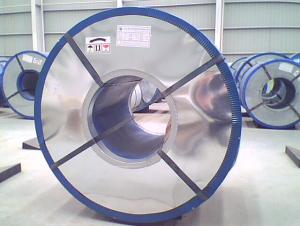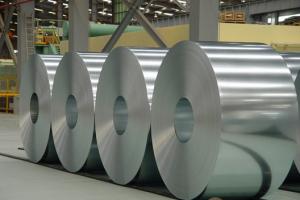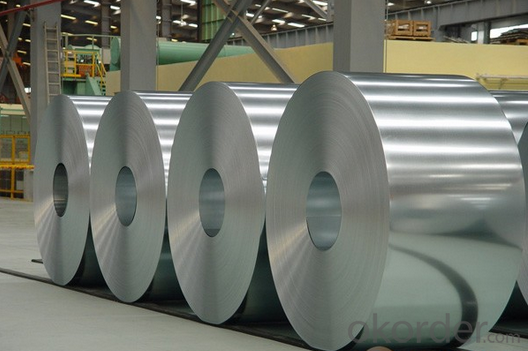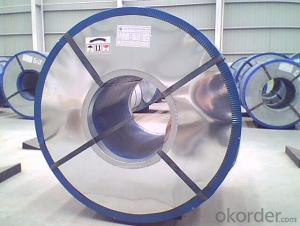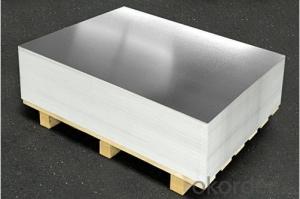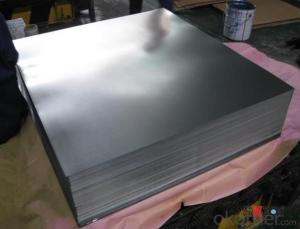Electrolytic Tin Plate Coils and Sheets for Chemical Can Packaging
- Loading Port:
- China Main Port
- Payment Terms:
- TT or LC
- Min Order Qty:
- -
- Supply Capability:
- 30000 m.t./month
OKorder Service Pledge
OKorder Financial Service
You Might Also Like
1.Structure of Electrolytic Tin Plate Description
Electrolytic Tin Plate Coils and Sheets for Foods Metal Packaging, is one thin steel sheet with a coating of tin applied by electrolytic deposition. Tinplate made by this process is essentially a sandwich in which the central core is strip steel. This core is cleaned in a pickling solution and then fed through tanks containing electrolyte, where tin is deposited on both sides. As the strip passes between high-frequency electric induction coils, it is heated so that the tin coating melts and flows to form a lustrous coat.
2.Main Features of the Electrolytic Tin Plate Coils and Sheets for Chemical Can Packaging
Appearance – Electrolytic Tin Plate is characterized by its beautiful metallic luster. Products with various kinds of surface roughness are produced by selecting the surface finish of the substrate steel sheet.
Paintability and printability – Electrolytic Tin Plates have excellent paintability and printability. Printing is beautifully finished using various lacquers and inks.
Formability and strength – Electrolytic Tin Plates have got very good formability and strength. By selecting a proper temper grade, appropriate formability is obtained for different applications as well as the required strength after forming.
Corrosion resistance – Tinplate has got good corrosion resistance. By selecting a proper coating weight, appropriate corrosion resistance is obtained against container contents. Coated items should meet 24 hour 5 % salt spray requirement.
Solderability and weldability – Electrolytic Tin Plates can be joined both by soldering or welding. These properties of tinplate are used for making various types of cans.
Hygienic – Tin coating provides good and non toxic barrier properties to protect food products from impurities, bacteria, moisture, light and odours.
Safe – Tinplate being low weight and high strength makes food cans easy to ship and transport.
3.Electrolytic Tin Plate Coils and Sheets for Chemical Can Packaging Images
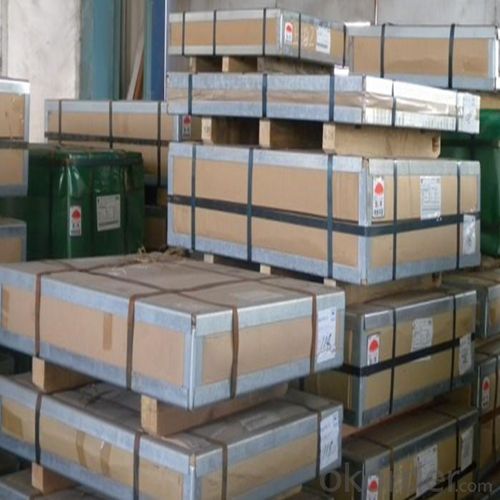
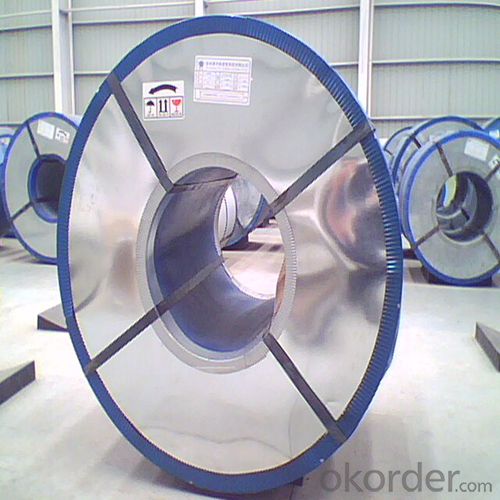
4.Electrolytic Tin Plate Coils and Sheets for Chemical Can Packaging Specification
Standard | ISO 11949 -1995, GB/T2520-2000,JIS G3303,ASTM A623, BS EN 10202
|
Material | MR,SPCC |
Thickness | 0.15mm - 0.50mm |
Width | 600mm -1150mm |
Temper | T1-T5 |
Annealing | BA & CA |
Coil Inner Diameter | 508mm |
Weight | 6-10 tons/coil 1~1.7 tons/sheets bundle |
Passivation | 311 |
Oil | DOS |
Surface | Finish,bright,stone,matte,silver |
5.FAQ of Electrolytic Tin Plate Coils and Sheets for Chemical Can Packaging
- How are the Electrolytic Tin Plates specified?
The Electrolytic Tin Plates are specified as per the steel base, extent of tempering, the coating weight, annealing method and the surface finish.
- How many types there are for base steels?
The base steels are of three types: Type MR, L, D SPCC
- Q: What are the different ways to open tinplate containers?
- There are several ways to open tinplate containers, including using a can opener, a pair of scissors, a knife, or pulling the tab if it is a pop-top can.
- Q: How is tinplate recycled and what are its recycling rates?
- Tinplate, which is commonly used for food and beverage packaging, is recycled through a process called steel recycling. The recycling of tinplate involves collecting and separating it from other waste materials, followed by shredding, melting, and refining to produce new steel products. Tinplate has a high recycling rate, with approximately 80-90% of tinplate packaging being recycled globally. This high recycling rate is due to the fact that tinplate is a valuable material that can be easily and efficiently recycled, reducing the need for raw materials and minimizing environmental impact.
- Q: Can tinplate be used for high-pressure containers?
- No, tinplate is not suitable for high-pressure containers as it is not strong enough to withstand the pressure.
- Q: What are the different forms and shapes tinplate can be manufactured into?
- Tinplate can be manufactured into various forms and shapes, such as sheets, coils, strips, or even customized shapes through processes like cutting, bending, or stamping. These forms and shapes make tinplate a versatile material for a wide range of applications in industries like packaging, automotive, electronics, and construction.
- Q: Can tinplate be embossed?
- Yes, tinplate can be embossed.
- Q: What are the advantages of using tinplate for automotive components?
- There are several advantages of using tinplate for automotive components. Firstly, tinplate is highly corrosion resistant, which helps protect the components from rust and prolongs their lifespan. Additionally, tinplate provides excellent formability, allowing for complex shapes and designs to be easily manufactured. It also offers good strength and durability, ensuring the components can withstand harsh conditions and maintain their structural integrity. Furthermore, tinplate has good heat resistance properties, making it suitable for components that are exposed to high temperatures. Lastly, tinplate is a sustainable material as it is recyclable, contributing to environmental sustainability in the automotive industry.
- Q: What are the main applications of tinplate in the energy industry?
- Tinplate is commonly used in the energy industry for various applications such as the production of battery casings, electrical components, and packaging for energy storage devices. Its corrosion resistance, strength, and ability to withstand extreme temperatures make it a preferred material for these purposes. Additionally, tinplate's non-reactive nature ensures the integrity of energy storage systems, making it an ideal choice for the energy industry.
- Q: How does tinplate compare to other packaging materials?
- Tinplate is highly versatile and durable, making it an excellent choice for packaging materials. It offers superior protection against moisture, oxygen, and light, ensuring the freshness and quality of the packaged products. Additionally, tinplate is eco-friendly as it is 100% recyclable, making it a sustainable choice. Its strength and resistance to corrosion further enhance its appeal compared to other packaging materials.
- Q: Can tinplate be used for pharmaceutical packaging?
- Yes, tinplate can be used for pharmaceutical packaging. It provides excellent protection against moisture, light, and oxygen, ensuring the integrity and longevity of pharmaceutical products. Additionally, tinplate is resistant to corrosion and has a strong barrier against external contaminants, making it a suitable choice for pharmaceutical packaging.
- Q: Can tinplate be used for packaging beauty and skincare products?
- Yes, tinplate can be used for packaging beauty and skincare products. Tinplate is commonly used in the packaging industry due to its excellent durability, corrosion resistance, and ability to preserve the quality of the products. It also provides an attractive and professional appearance, making it suitable for beauty and skincare products that require an appealing presentation.
Send your message to us
Electrolytic Tin Plate Coils and Sheets for Chemical Can Packaging
- Loading Port:
- China Main Port
- Payment Terms:
- TT or LC
- Min Order Qty:
- -
- Supply Capability:
- 30000 m.t./month
OKorder Service Pledge
OKorder Financial Service
Similar products
Hot products
Hot Searches
Related keywords
